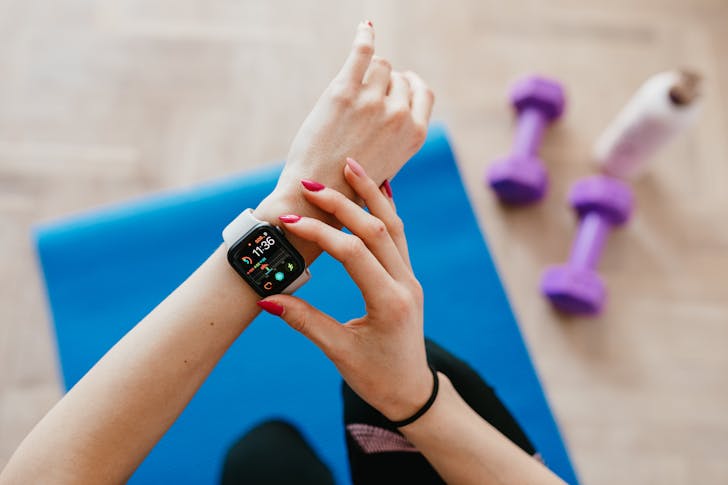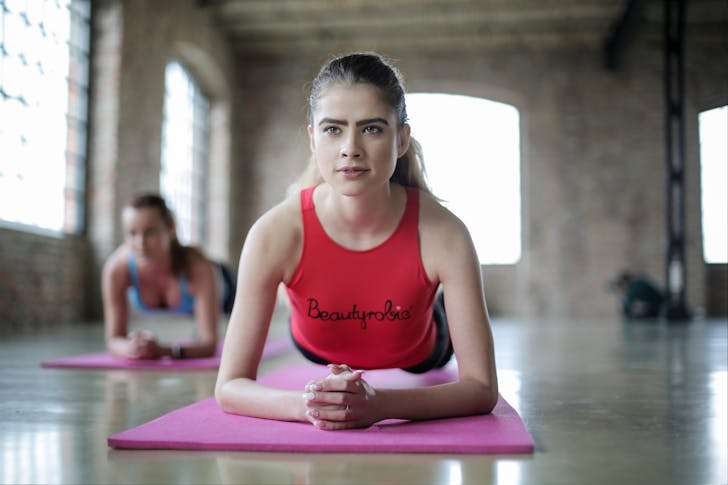
How Training Load Data Can Transform Your Exercise Routine

Tracking progress during workouts is challenging. Simple metrics like mileage or time don’t show the whole picture. Understanding the overall effort requires a more detailed approach. This is where the training load comes in. It combines the intensity and duration of a workout into a single number. It provides insights into how much stress your body endures during each session.
What Is Training Load?
Training load simplifies the process of understanding how much stress a workout places on your body. It combines two essential factors: the length and intensity of an exercise. This creates a single, quantifiable metric. A workout that feels difficult but is shorter may not be as taxing as a longer, low-intensity session. Exercise load helps clarify these differences, allowing you to structure workouts more effectively.
How Fitness Trackers Measure Training Load
Most modern fitness trackers now include training load in their metrics. Devices like Garmin, Coros, and Apple Watch rely heavily on heart rate data. The higher your heart rate, the more intense the workout. By combining heart rate with workout duration, these devices calculate how much strain the session placed on your body. Some devices also include factors like post-exercise oxygen consumption (EPOC) for even more accuracy. This provides deeper insights into how intense the exercise was.
What Is the Training Load Scale?
Each fitness tracker has its own method of displaying the training load. For example, Garmin uses EPOC to show how the session affected your body. Coros uses a simple scale of low, medium, and high, based on heart rate or pace. Apple Watch ranks your workout difficulty from 1 to 10, factoring in height, weight, exercise history, and heart rate. Though these systems vary, they all aim to provide a clear understanding of workout intensity.
Why Use Training Load Data in Your Routine?
Training load data helps you tailor workouts for better results. If your exercise load is always low, your body isn’t being pushed hard enough. On the flip side, consistently high training loads without rest can lead to overtraining and burnout. Monitoring exercise load helps you find the right balance between effort and recovery. This balance is crucial for avoiding injury and improving fitness over time.
Monitoring exercise load helps you find the right balance between effort and recovery.

Karolina Grabowska | Pexels | Monitoring exercise load helps you find the right balance between effort and recovery.
How to Balance Your Training Load Over Time
Training load isn’t just useful for single sessions. You can also track it across weeks or months. Many fitness trackers monitor cumulative training load, allowing you to see how your effort increases or decreases over time. This is important because sudden spikes in intensity can lead to injury. By gradually increasing your training load, you can make consistent progress while reducing the risk of burnout or overtraining.
How to Use Training Load Data Effectively in Exercise
While training load is an excellent tool, it’s important not to rely solely on numbers. Always listen to your body’s cues. Fatigue, soreness, and mood give insights into how well you’re adapting to your routine. Experts agree that exercise load data should be used as a guide, not a strict rule. Adjust your workouts based on both data and how your body feels, ensuring steady progress without overexertion. This approach makes training load a powerful resource for improving fitness.
More in Fitness
-
`
Hair & Makeup Designer Sarah Rubano Talks Turning Mia Goth Into Pearl
Transforming an actor into an unrecognizable character is no small feat, and Mia Goth’s Pearl makeup in the hit movie “Pearl”...
December 17, 2024 -
`
The Physical Signs of Hunger and How Mindful Eating Makes a Difference
Hunger is one of the most basic yet essential signals our body uses to communicate its need for energy. However, many...
December 15, 2024 -
`
Why Did Chris Pratt Call Anna Faris Before Proposing to Katherine?
Chris Pratt, the beloved star of “Guardians of the Galaxy,” made headlines when he revealed that he called his ex-wife, Anna...
December 3, 2024 -
`
6 Proven Tips to Tackle Insurance Claim Denials Successfully
Claim denials are a common hurdle for healthcare providers and professionals, even for those who follow the necessary procedures to avoid...
December 1, 2024 -
`
5 ‘Bad’ Fitness TikTok Trends You Shouldn’t Follow
TikTok has become a haven for creative fitness advice. But not all trends are worth your time or your health. From...
November 23, 2024 -
`
Does Drinking Water Affect Adrenal Hormones?
Drinking water is often seen as a simple way to stay hydrated, but it has deeper effects on our body than...
November 14, 2024 -
`
Why We Feel the Loss of Celebrities So Deeply?
Celebrity grief might sound strange at first. After all, most of us have never met these famous figures in person, yet...
November 5, 2024 -
`
Are High Deductible Insurance Plans as Ideal as They Appear to Be?
High deductible insurance plans have been a hot topic for years, especially as healthcare costs continue to rise. For many Americans,...
October 31, 2024 -
`
Katy Perry’s Weight Loss Journey: Secret Diet Tips Revealed
Katy Perry’s weight loss journey has been making headlines, with the pop star shedding 20 pounds over the past few months....
October 16, 2024
















You must be logged in to post a comment Login